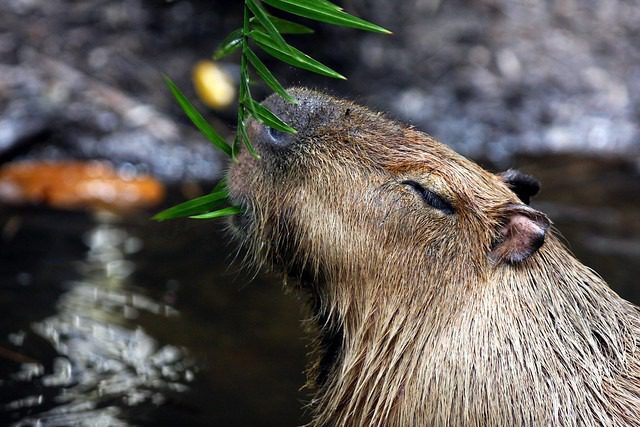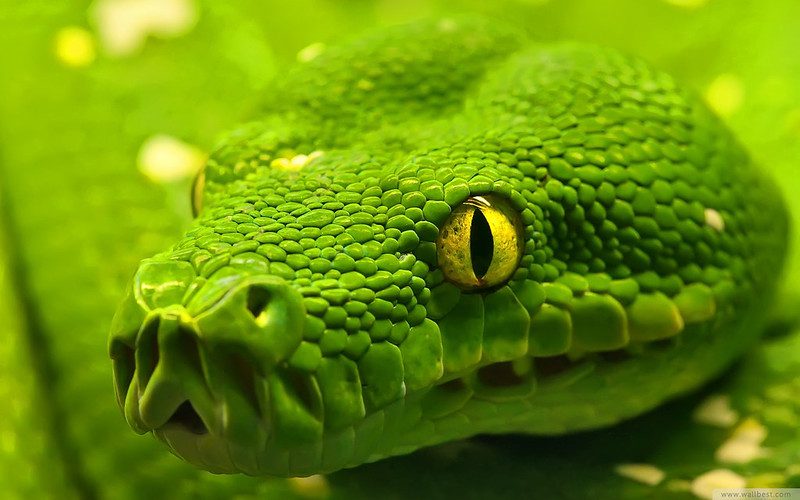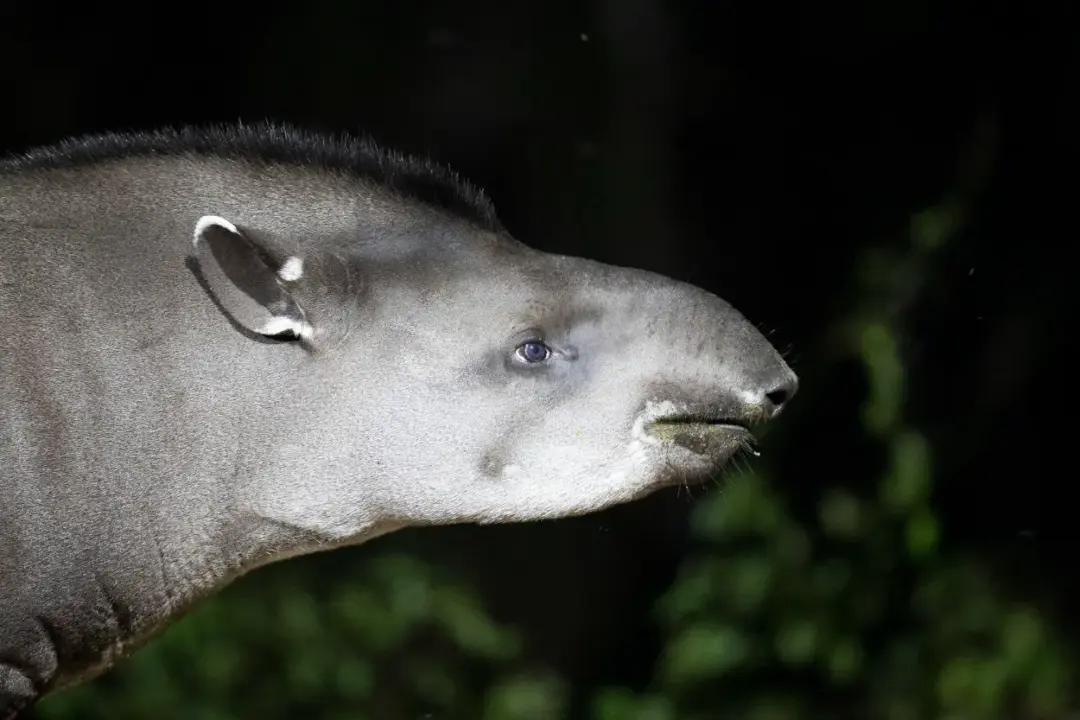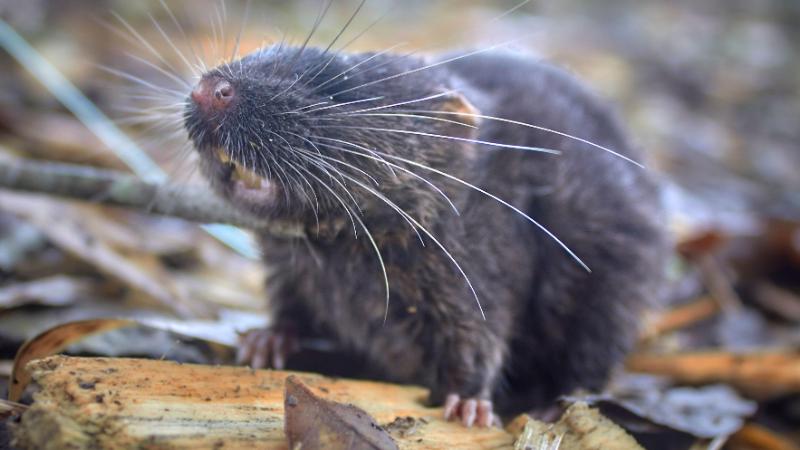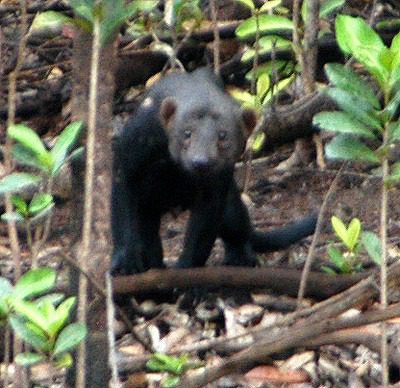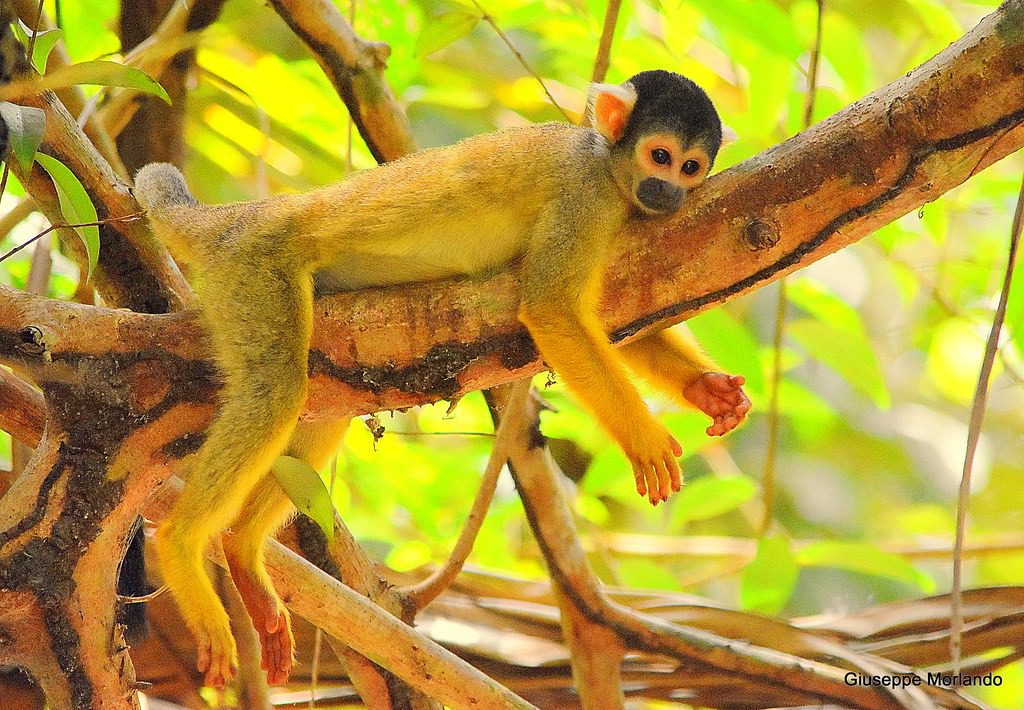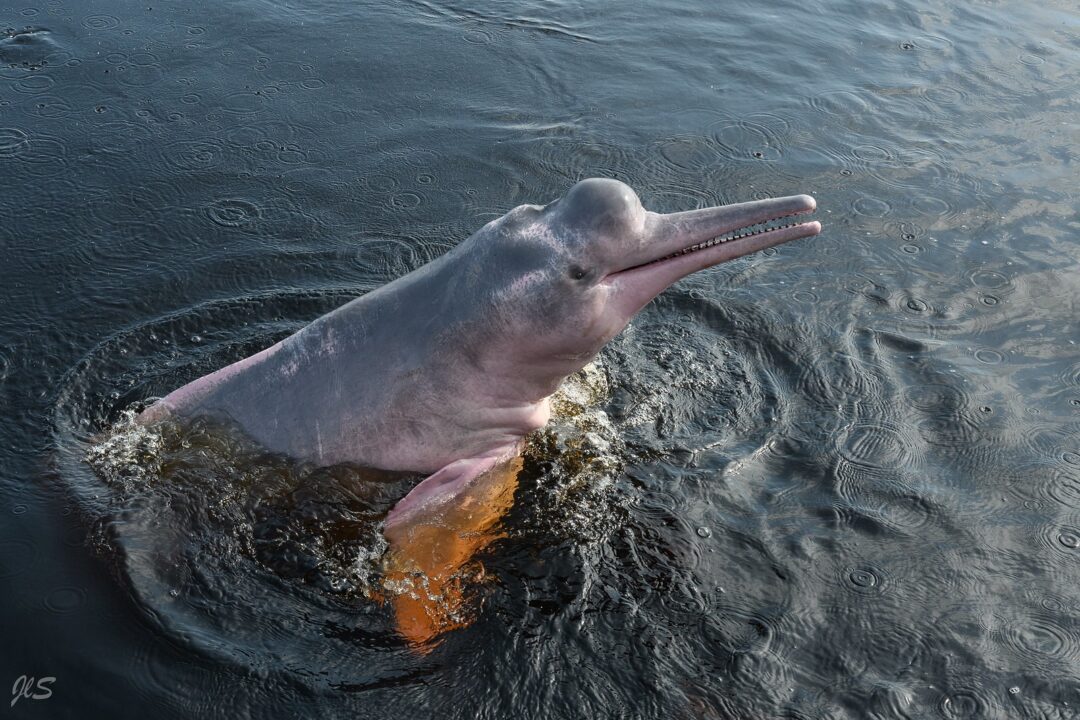Sloths are some of the most intriguing creatures on Earth. Known for their slow movements and peaceful demeanor, these animals have captivated the imaginations of wildlife enthusiasts and researchers alike. Despite their laid-back lifestyle, sloths possess unique biological adaptations and live in specific ecological niches that are critical to their survival. In this comprehensive guide, we will explore sloths in depth — covering their habitat, diet, behaviors, evolutionary history, and more — using a structured approach based on keyword hierarchy and relevance.
Sloths Habitat: Where Do Sloths Live?
Sloths are native to the tropical rainforests of Central and South America. They thrive in densely wooded areas where they can remain camouflaged in the tree canopy.
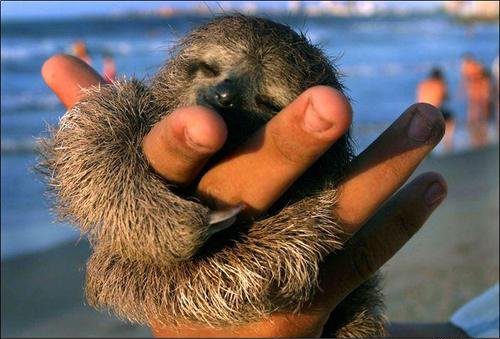
Primary Habitat Zones
- Amazon Rainforest (Brazil, Peru, Colombia): Home to a vast population of sloths.
- Central America (Costa Rica, Panama): Notably rich in sloth biodiversity.
- Cloud Forests: Some species adapt to higher, mist-covered altitudes.
Tree-Dwelling Lifestyle
Sloths are strictly arboreal. They spend nearly all their lives in trees, descending only about once a week to defecate. This minimizes their vulnerability to predators.
Sloths Diet: What Do Sloths Eat?
Sloths are primarily herbivores, although their exact diet can vary slightly depending on the species.
Primary Food Sources
- Leaves: Their main diet, particularly from the cecropia tree.
- Buds, Shoots, and Fruits: Consumed occasionally, especially by two-toed sloths.
Digestive Adaptations
Sloths have a slow metabolism and a specialized multi-chambered stomach. This allows them to ferment tough plant matter, sometimes taking a month to digest a single meal.
Sloths Swimming: A Surprising Talent
Despite their sluggish land movement, sloths are surprisingly adept swimmers. They can hold their breath for up to 40 minutes and use their long limbs to paddle efficiently through water.
When and Why Sloths Swim
- Crossing Rivers: To access new feeding grounds or escape threats.
- Flood Season Navigation: Common in lowland rainforests.
Evolutionary Advantage
Swimming allows sloths to escape from predators more effectively than running, which they are incapable of doing on land.
Sloths Behavior and Characteristics
Why Are Sloths Slow?
Sloths are slow primarily due to their extremely low metabolic rate. This helps them conserve energy and survive on a nutrient-poor diet.
- Energy Conservation: Metabolic rates up to 50% lower than comparable mammals.
- Camouflage: Their slow movement helps avoid detection by predators like harpy eagles and jaguars.
Why Do Sloths Move So Slow?
In addition to conserving energy, moving slowly helps sloths avoid creating noise or visual movement that might attract predators.
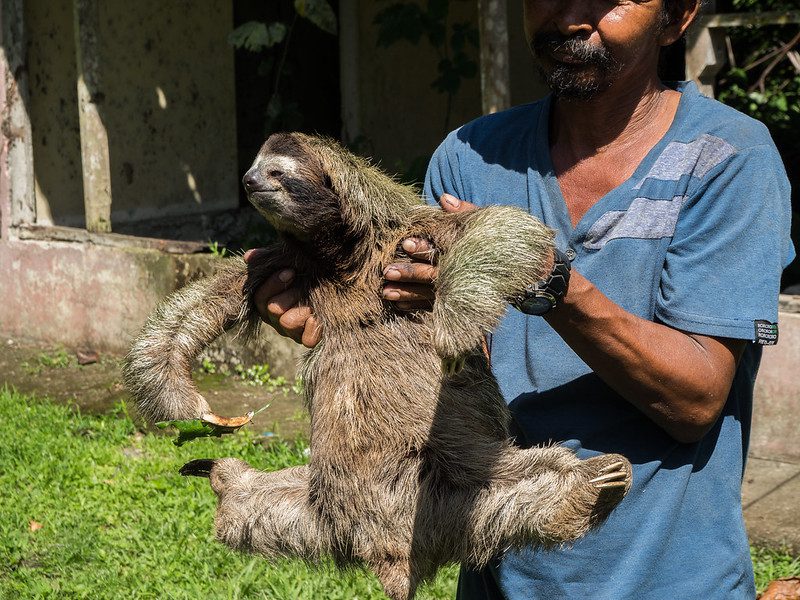
Facts About Sloths: Fascinating Truths
Interesting Facts About Sloths
- Sloths can rotate their heads 270 degrees.
- Their fur hosts a unique ecosystem of algae and insects.
- Sloths sleep 15 to 20 hours a day.
Baby Sloths
- Gestation Period: About 6 months for most species.
- Parental Care: Babies cling to their mothers for several months.
- Vulnerability: Orphaned sloths are highly dependent and need rehabilitation centers to survive.
Do Sloths Have Tails?
Yes, sloths do have short tails, although they are often obscured by their fur. These tails are vestigial and serve little functional purpose today.
Sloths Sounds: Do Sloths Make Noise?
Sloths are generally quiet animals, but they are capable of making sounds under certain circumstances.
Types of Vocalizations
- Infant Cries: High-pitched squeaks to communicate with mothers.
- Mating Calls: Low-frequency sounds, mostly from females.
While not vocal creatures overall, sloths do use sound in specific, crucial life stages.
Sloths and Humans: Are Sloths Dangerous?
Are Sloths Dangerous?
Generally, sloths are not dangerous. They are gentle and docile. However, they have strong claws and can defend themselves if threatened.
- Defensive Behavior: Rarely aggressive, but capable of swiping with claws.
- Zoonotic Risk: Like all wild animals, sloths can carry parasites and bacteria that may be harmful to humans.
Handling sloths should be left to trained professionals.
Sloths Conservation: Are Sloths Endangered?
Are Sloths Endangered?
Some species of sloths are endangered, primarily due to habitat loss and human encroachment.
- Pygmy Three-Toed Sloth (Bradypus pygmaeus): Critically endangered.
- Maned Sloth (Bradypus torquatus): Vulnerable.
Conservation Efforts
- Habitat Protection: Efforts to preserve rainforest corridors.
- Wildlife Sanctuaries: Facilities that rescue and rehabilitate injured sloths.
- Ecotourism: Raising awareness and funds for conservation through responsible tourism.
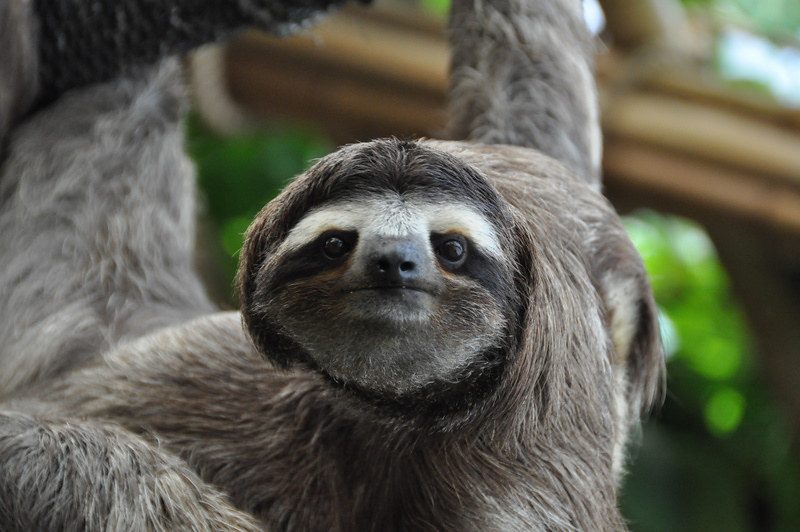
Giant Sloths: Ancient Ancestors
The Megatherium
- Size: Up to 20 feet in length.
- Extinction: Disappeared around 10,000 years ago, likely due to climate change and human hunting.
Characteristics
- Herbivorous like modern sloths.
- Walked on the ground with massive claws.
- Played an important role in ancient ecosystems by dispersing seeds.
Their fossils help scientists understand the evolution and adaptation of modern sloths.
Sloths Pictures: Visual Marvels
Sloths are popular subjects for wildlife photography due to their expressive faces and unusual poses.
Iconic Images
- Upside-Down Hanging: A classic sloth pose.
- Swimming Shots: Capture their unexpected aquatic skill.
- Baby Sloths: Often the highlight of conservation photo campaigns.
High-resolution imagery has played a major role in increasing awareness and driving support for sloth conservation.
Current and Unusual Facts About Sloths
Algae-Growing Fur
Sloths have symbiotic relationships with algae that grow in their fur, providing camouflage and possibly nutrients.
Solar Basking
Some sloths will move into sunlight to warm themselves and aid digestion.
Sloth Moths
Specialized moths live in sloth fur and lay eggs in sloth feces. This unique ecosystem is exclusive to sloths.
Urban Sloths
In areas like Panama City and parts of Costa Rica, sloths are increasingly found in urban green spaces. Conservationists are working to install sloth bridges to help them move safely across roads and human settlements.
Summary: The Significance of Sloths
Sloths are more than just slow animals — they are evolutionary marvels adapted to thrive in the treetops of tropical rainforests. From their highly specific diet and habitat to their surprising swimming skills and ecological partnerships, sloths demonstrate the complexity of life in Earth’s most biodiverse regions. Their conservation is essential, not only for their survival but also for maintaining the health of the ecosystems they inhabit.
Understanding sloths — where they live, what they eat, how they behave, and why they matter — gives us insight into the delicate balance of nature and the urgent need to protect it.

